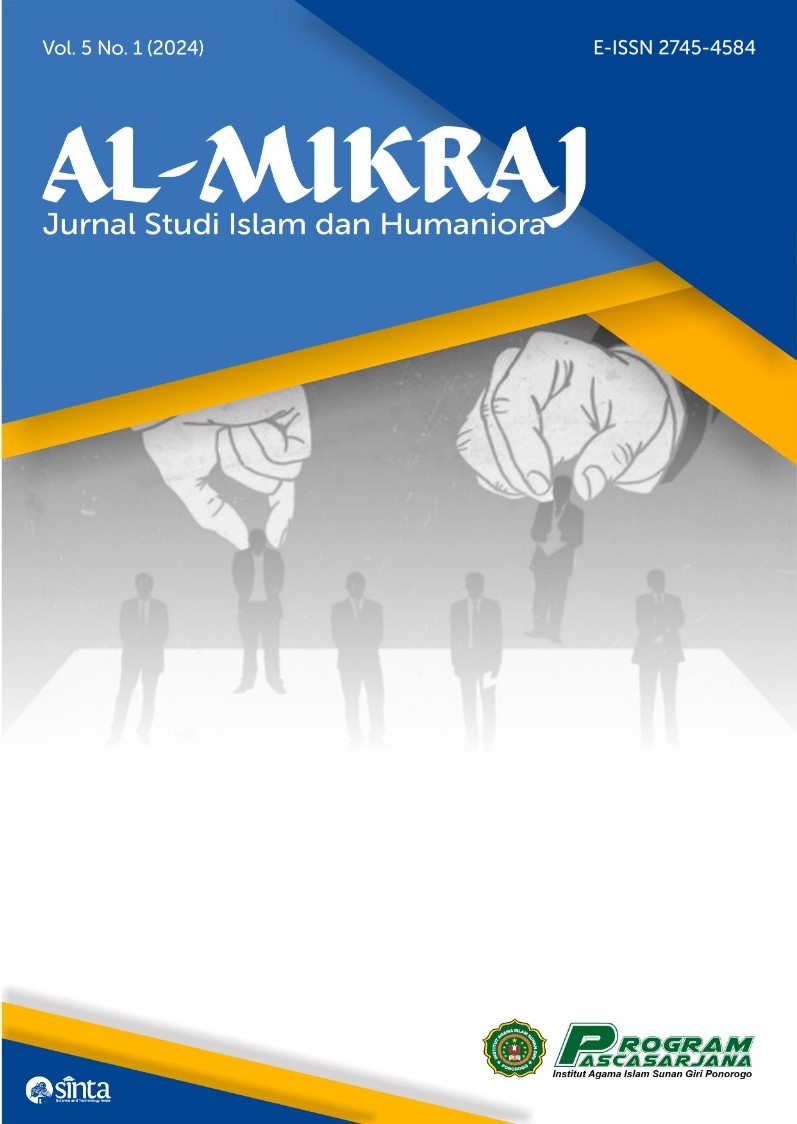Skrining Fitokimia Dan Uji Sitotoksisitas Ekstrak Etanol Biji Anggur (Vitis vinifera L.) Dengan Metode BSLT (Brine Shrimp Lethality Test)
DOI:
https://doi.org/10.37680/almikraj.v5i01.5640Keywords:
Cytotoxicity, Vitis vinifera, Artemia SalinaAbstract
Cancer is an abnormal state of cells, which is the leading cause of death worldwide after cardiovascular disease and is expected to reach 12 million deaths by 2030. There are various kinds of plants that can be used as anti-cancer treatment, one of which is grape seeds (Vitis vinifera L.). Grape seeds contain 74–78% oligometric proanthocyanidins and grape seed extract contains flavonoids. Proanthocyanidins of grape seeds are a group of polyphenols. The objective of this research was to determine the content of grape seeds and determine the level of toxicity of LC50 using the BSLT (Brine Shrimp Lethality Test) method. The research was conducted using the BSLT (Brine Shrimp Lethality Test) method by calculating the number of deaths of Artemia salina larvae with Lethal concentration parameters 50 (LC50). Grape seed extract variation, chemical content, characterization and cytotoxicity tests were variables in the research. The results of phytochemical screening testing showed that red grape seeds were positive for alkaloids, flavonoids, saponins, tannins, and steroids. The results of cytotoxicity test with probit analysis showed an LC50 value of 367.2823 μg / mL so that it can be concluded that red grape seed ethanol extract is toxic and has the potential to be anticancer.








